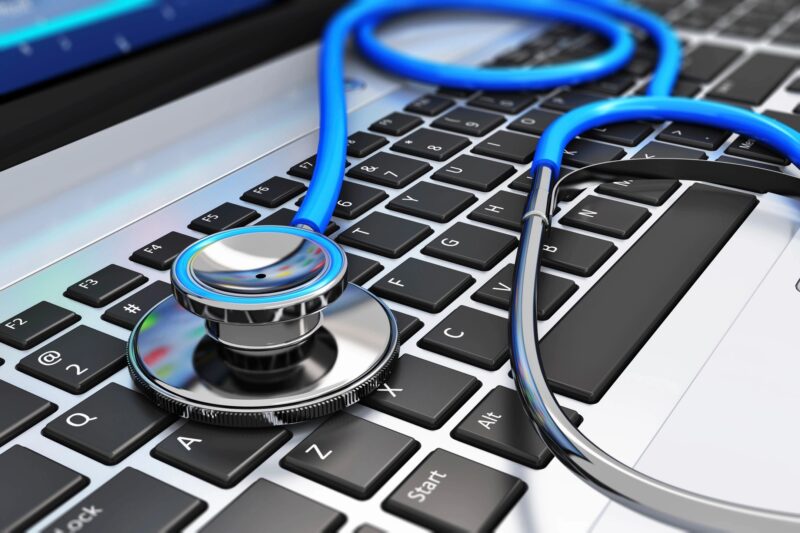While many things go into being a medical professional, it’s important that you know how to do all of them properly, even if they don’t seem very important to you.

One thing that many medical professionals need to do is to take samples from patients. How often you do this will depend on what exactly your job is – some people may take samples every day, whereas it may be a rare occurrence for others. Either way, there are a few things you need to know about taking samples if you are a medical professional, and this post is here to share them.
Create the right environment for the sample
An important thing to note about samples is that their environment can affect them a lot, meaning you need to make sure that you are in control of the environment. Otherwise, the final results could be inaccurate.
Perhaps the most important part of a sample’s environment is its temperature. Some samples need to be kept at specific temperatures, so it’s important that you have the equipment to do so. For example, a TwinGuard freezer might be helpful if you need to keep samples cold.
Follow the same steps each time
If you are taking samples to compare them or for an experiment, you need to make sure that you are following the same steps and procedures each time. This means keeping the samples at the same temperature and treating them all the same.
If you don’t do this, your results will be inaccurate, and as accuracy is very important when it comes to scientific research, this isn’t ideal. You may also find it helpful to research other ways to make your results more reproducible.
Be professional
If you are taking samples from a person, you need to keep in mind that you need to stay professional. They may feel nervous or uncomfortable, and you should try to put them at ease, not make these feelings worse. You should also be clear about what you are doing so that they aren’t taken by surprise when you collect the sample.
You should also practice your technique for taking samples. This will make it much easier for you to find a vein and also to draw blood without hurting the patient too much. If you are dealing with a nervous patient, have them try these breathing exercises to relieve their stress.
Read and write reports
Depending on what exactly your job is, you may also need to be the one who reads the report after the sample has been tested. If that is the case, you need to understand exactly what the data regarding the sample is telling you.
If you are taking samples for research, you may also need to write a report about your findings. It’s important that you know how to write a scientific report correctly, and what you need to include in it. The more you do this, the easier it will become. Be sure to make backups of your reports to be safe.


